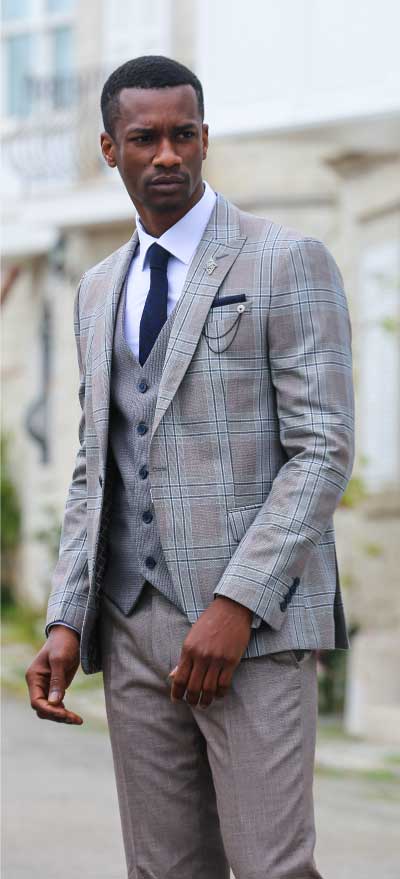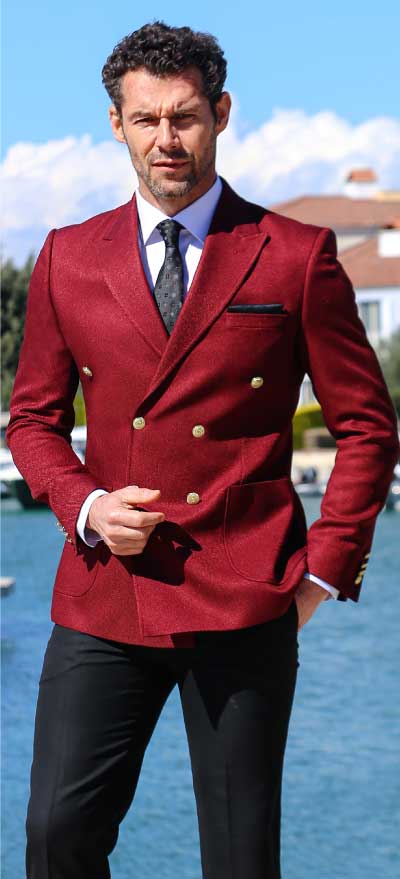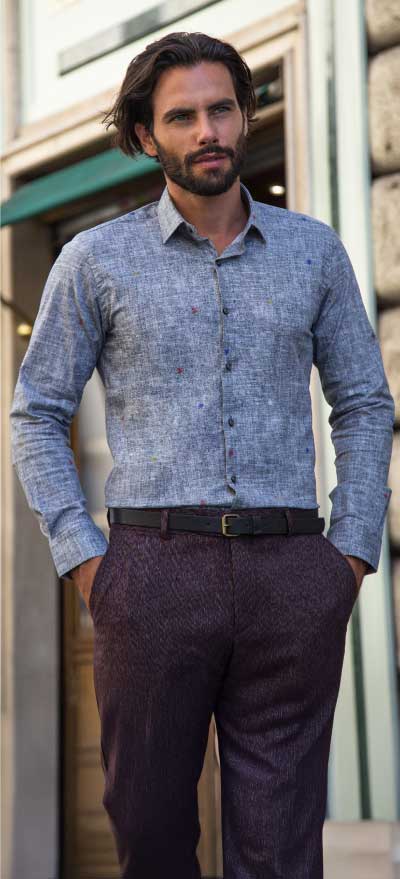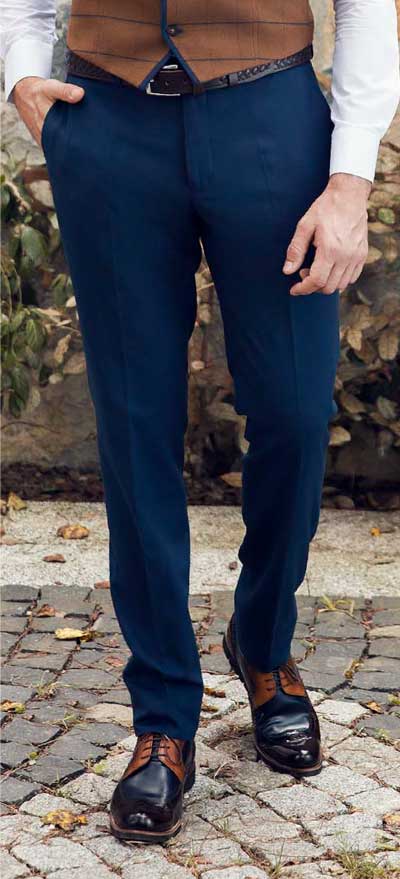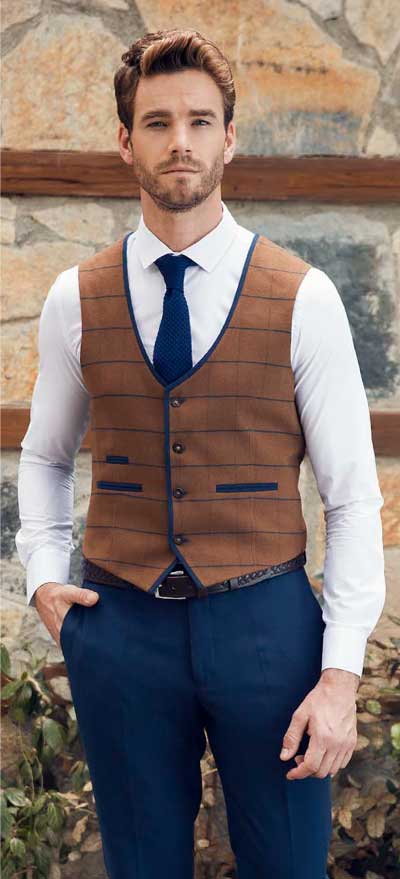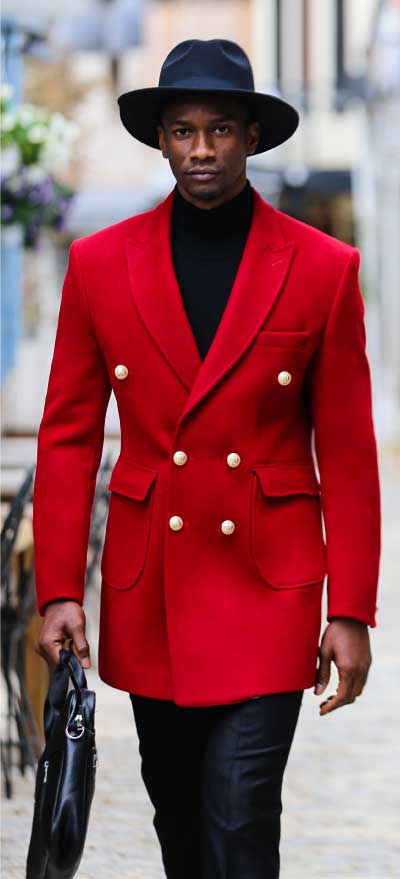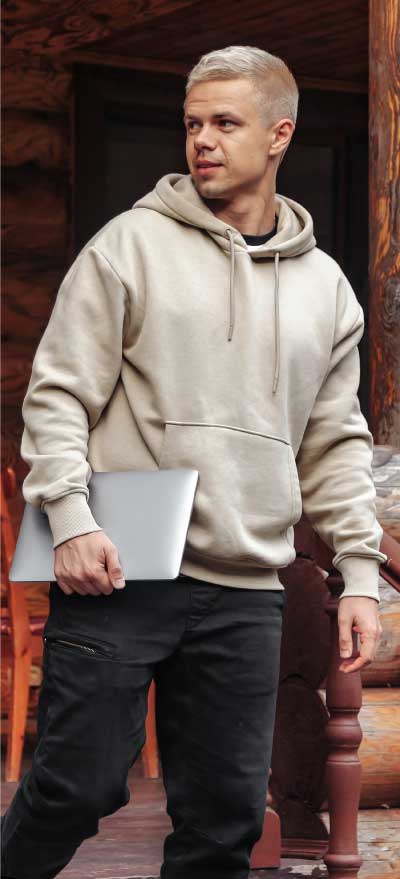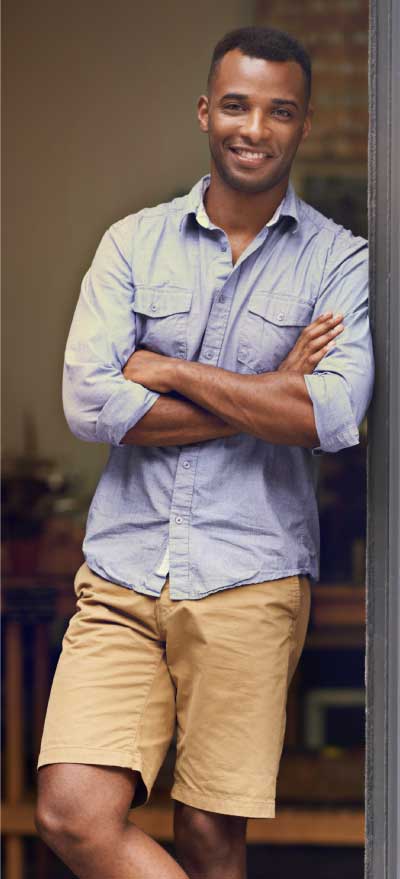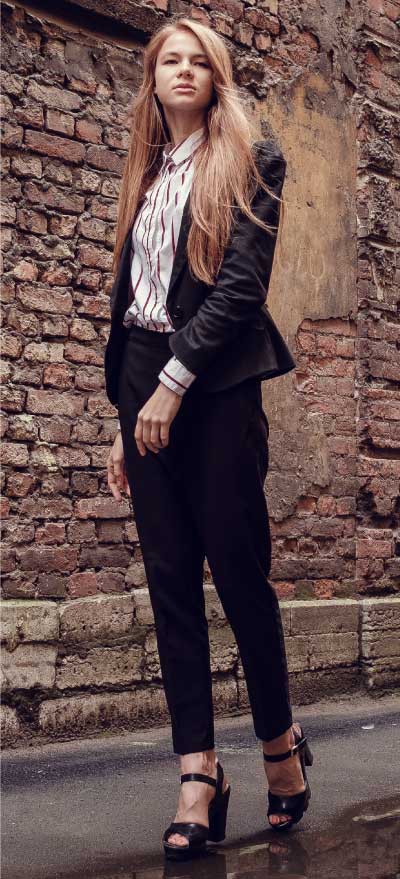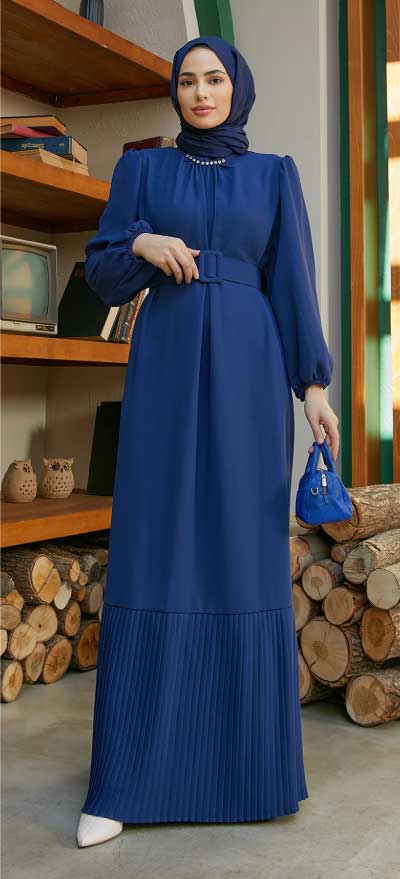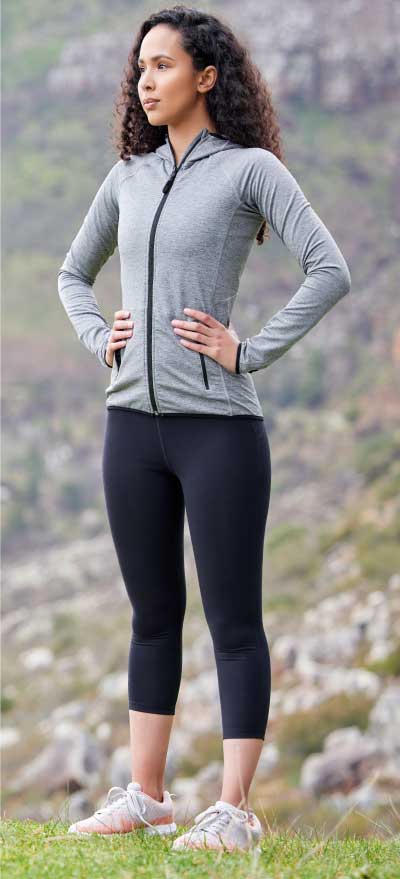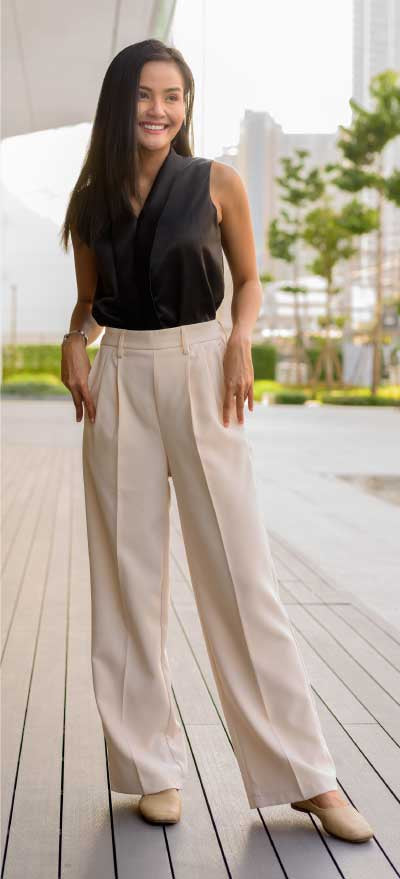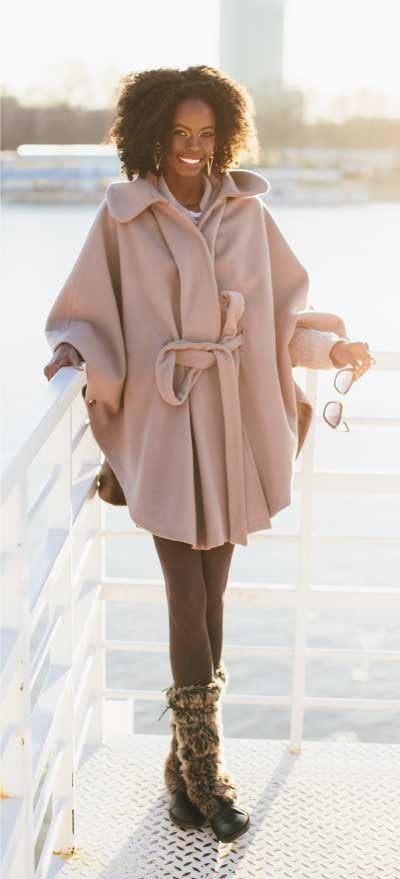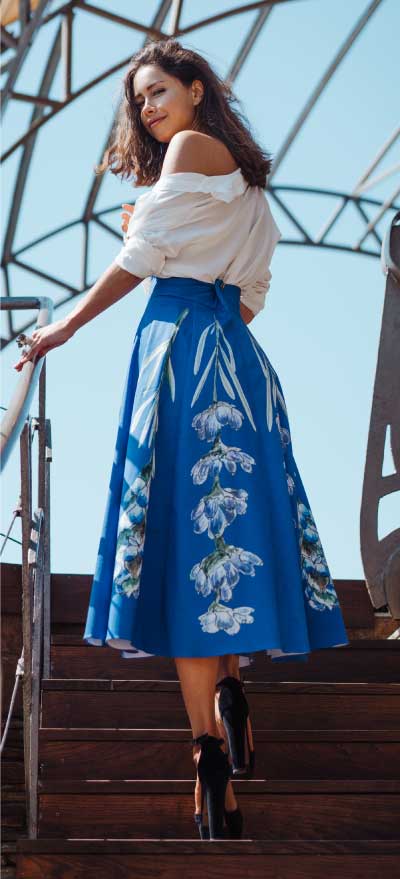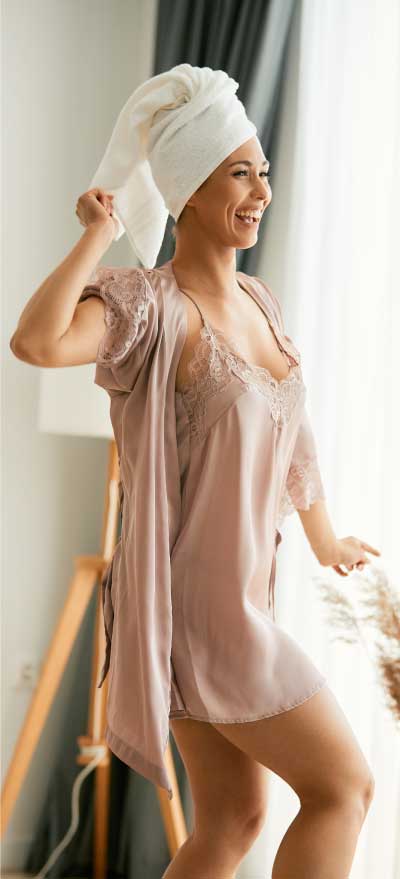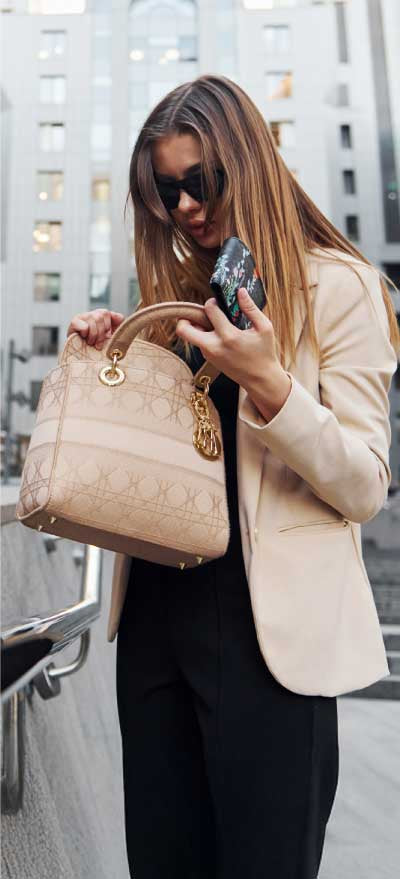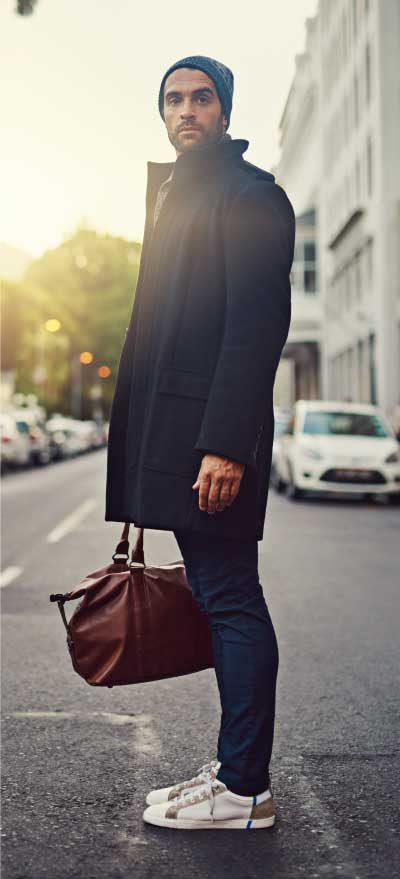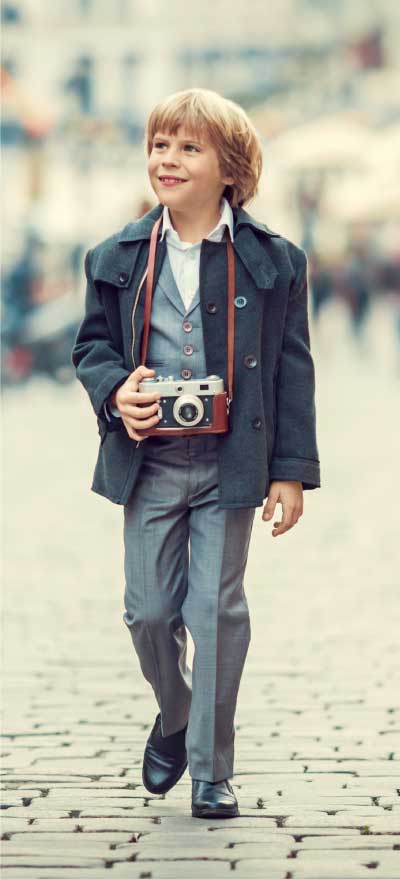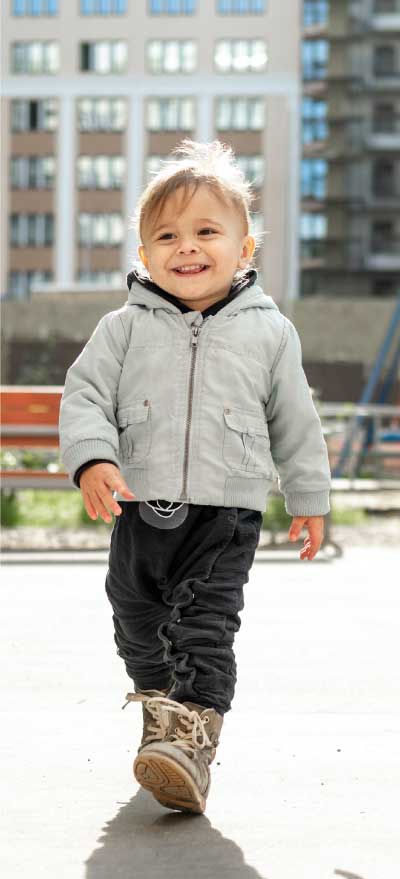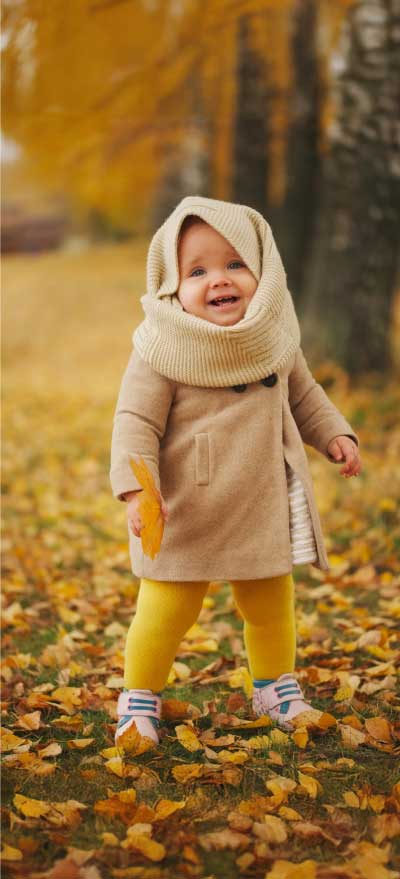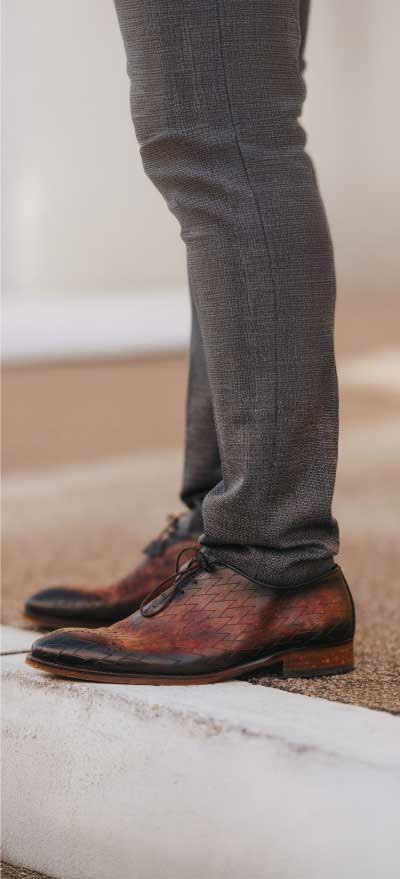The Role of Texture in Men's Store Designs
Texture plays a fundamental yet often underestimated role in creating compelling retail environments for men's clothing stores. While color and lighting typically receive primary attention in store design discussions, texture provides the tactile and visual depth that transforms ordinary retail spaces into engaging environments that resonate with male customers. The strategic use of texture communicates quality, masculinity, and sophistication while creating sensory experiences that encourage longer browsing sessions and increased purchase likelihood. Whether designing spaces for premium menswear boutiques or wholesale operations like Clothing Supplier, understanding how texture influences customer perception and behavior enables retailers to create distinctive environments that support brand positioning and sales objectives.
Understanding Masculine Texture Preferences
Men respond differently to textural elements compared to other demographic groups, showing preferences for materials that communicate strength, durability, and understated sophistication. Natural materials like wood, stone, leather, and metal create immediate associations with quality and masculinity that align with men's shopping psychology and product expectations.
Wood textures, particularly those with visible grain patterns, convey authenticity and craftsmanship that resonates with men's appreciation for quality construction. Different wood species and finishes can communicate various brand personalities, from rustic reclaimed wood that suggests heritage and tradition to sleek walnut that implies modern sophistication.
Stone and concrete textures introduce elements of strength and permanence that appeal to masculine sensibilities. Exposed brick walls, polished concrete floors, or natural stone accents create industrial aesthetics that feel substantial and enduring. These materials work particularly well in stores targeting men who value durability and authentic materials.
Creating Visual Interest Through Textural Contrast
Effective men's store design leverages textural contrast to create visual interest and define different areas within the retail space. Combining smooth and rough textures, matte and glossy finishes, or hard and soft materials creates dynamic environments that prevent monotony while maintaining masculine appeal.
The juxtaposition of leather against brushed metal, rough stone walls with polished wood fixtures, or matte concrete floors with glossy display cases creates sophisticated contrasts that add depth and visual complexity. These combinations prevent spaces from feeling flat or sterile while maintaining the clean, organized appearance that men prefer in retail environments.
Textural contrast also serves functional purposes by helping define different zones within the store. Rough textures can delineate casual wear sections, while smoother finishes might indicate formal wear areas. This subtle zoning through texture helps customers navigate the space intuitively while creating distinct product environments.
Incorporating Luxury Through Premium Materials
Premium textures communicate quality and justify higher price points for upscale menswear retailers. Rich leather surfaces, polished natural stone, aged metals, and high-quality wood finishes create immediate impressions of luxury that support premium product positioning and pricing strategies.
Leather textures work particularly well in men's retail environments, from full leather wall panels to leather-wrapped display fixtures or seating areas. The material's association with quality craftsmanship and masculine accessories makes it ideal for communicating brand values while creating tactile experiences that customers appreciate.
Metal textures offer numerous opportunities for creating masculine luxury environments. Brushed steel, aged brass, blackened iron, or polished copper each communicate different aspects of masculine sophistication. These materials work effectively as accent elements, fixture materials, or architectural details that elevate the overall design quality.
Balancing Comfort with Masculine Appeal
While men's stores benefit from strong, masculine textures, successful designs balance these elements with comfort considerations that encourage longer browsing sessions. Soft textures in seating areas, carpet insets in fitting rooms, or fabric wall treatments provide comfort without compromising masculine appeal.
Strategic placement of softer textures creates relief from harder materials while maintaining overall design coherence. Leather seating combines masculine appeal with comfort, while high-quality carpeting in specific areas can reduce noise and create more intimate shopping zones.
Temperature considerations become important when selecting textures for men's stores. Materials that feel cold to the touch, like metal or stone, should be balanced with warmer textures like wood or fabric to create comfortable environments that encourage tactile exploration of products.
Supporting Product Presentation Through Texture
Textural choices for display fixtures and backgrounds significantly impact product presentation and customer perception. The texture of display surfaces can either complement or compete with merchandise, making selection crucial for effective product showcasing.
Neutral textures like brushed wood, matte metal, or subtle fabric backgrounds allow clothing to take center stage while providing sophisticated presentation contexts. These materials should complement rather than overwhelm merchandise while communicating quality and attention to detail.
Consider how different textures interact with various fabric types and colors. Smooth, matte surfaces work well with textured clothing items, while subtle textile backgrounds can complement smooth fabrics without creating visual competition. Clothing Supplier emphasizes the importance of display textures that enhance rather than distract from product presentation.
Creating Brand Identity Through Signature Textures
Distinctive textural elements can become signature aspects of brand identity that customers associate with specific retailers. Consistent use of particular materials, finishes, or textural combinations across multiple locations creates brand recognition and reinforces positioning strategies.
Signature textures might include specific wood species, unique metal finishes, proprietary material combinations, or distinctive surface treatments that become synonymous with the brand. These elements create memorable experiences that differentiate the retailer from competitors while building brand loyalty.
The key lies in selecting textures that align with brand values and target customer preferences while remaining distinctive enough to create recognition. Premium brands might focus on rare or expensive materials, while contemporary brands could emphasize innovative textures or unexpected material combinations.
Maintenance and Durability Considerations
Textural selections must balance aesthetic appeal with practical maintenance requirements and long-term durability. High-traffic retail environments demand materials that maintain their appearance despite constant use while supporting ongoing cleanliness standards.
Natural materials like wood and stone require specific maintenance protocols but offer timeless appeal and aging characteristics that can enhance rather than detract from their appearance over time. Synthetic alternatives may offer easier maintenance but could lack the authentic qualities that create masculine appeal.
Consider the lifecycle costs of different textural choices including initial installation, ongoing maintenance, and eventual replacement requirements. Premium materials often justify higher initial costs through improved durability and reduced long-term maintenance needs.
Technology Integration with Textural Design
Modern retail environments increasingly integrate technology with physical design elements, requiring textural strategies that accommodate digital displays, interactive elements, and smart retail technologies while maintaining design coherence.
Textural backgrounds for digital displays should provide appropriate contrast and minimize glare while complementing the overall design aesthetic. Matte finishes typically work better than glossy surfaces for areas incorporating screens or interactive elements.
Consider how textural elements affect acoustics in technology-enhanced environments. Hard surfaces may create echo or noise issues that interfere with audio elements, while strategic use of soft textures can improve sound quality and customer comfort.
Conclusion
Texture serves as a powerful tool in men's store design, influencing customer perception, behavior, and brand recognition through carefully selected materials and finishes. By understanding masculine texture preferences, creating visual interest through contrast, incorporating luxury materials appropriately, balancing comfort with appeal, supporting product presentation, developing signature textural identities, considering maintenance requirements, and integrating technology thoughtfully, retailers can create compelling environments that resonate with male customers. Whether designing spaces for premium boutiques or wholesale operations like Clothing Supplier, strategic texture selection creates the foundation for retail environments that communicate quality, masculinity, and sophistication while supporting sales objectives and brand positioning. Remember that texture works in combination with other design elements to create cohesive retail experiences that influence customer behavior and drive business success.




